This is a selection of curious and not very popular facts about activities you can do only at certain places of Greece. Sometimes you may happen to be very close to them, but to have no idea what they offer. Where in Greece can you...
...swim in a natural rock pool?
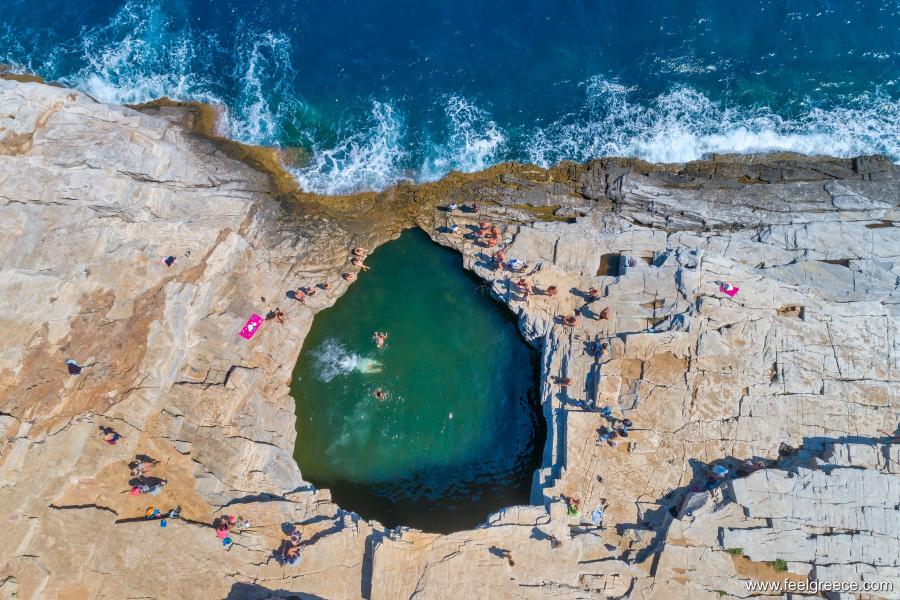
On Thassos island there is a sea lagoon which resembles a swimming pool carved in the rocks. It is called Giola and although it needs a walk to go there, it is very popular in the season and you can swim inside it. Another smaller rock pool can be found on the island of Pano Koufonissi - it is called Piscina (the Greek word for "pool") or also Devil`s eye.
...taste volcanic food?
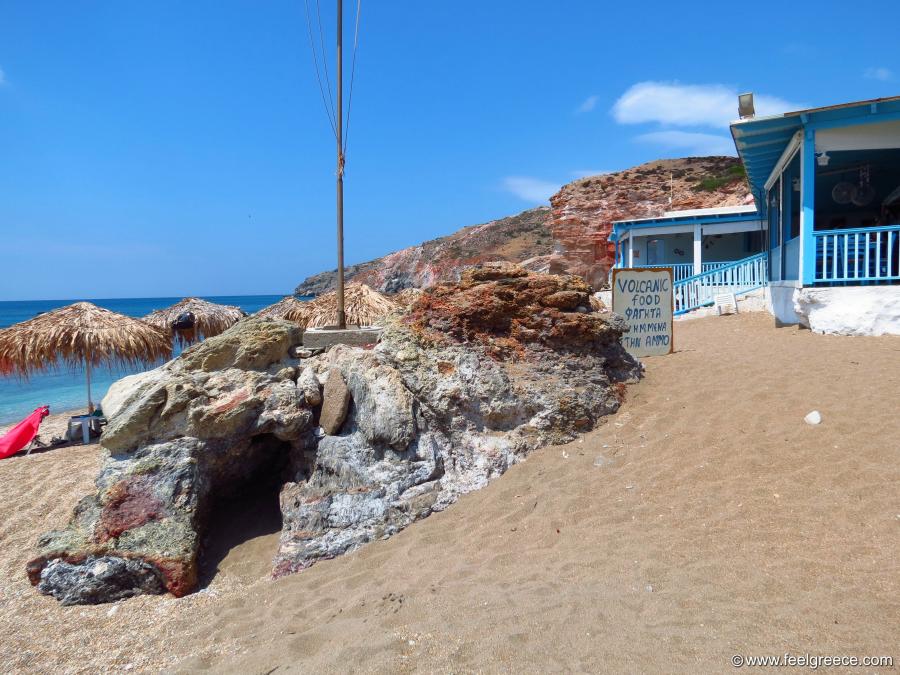
The beach of Paleochori, Milos, is characterized by colorful rocks, warm springs in the sea and a natural furnace under a big stone. The stone covers a small area with very hot sand and one of the beach tavernas use it to prepare a couple of "volcanic dishes".
...visit a roofless church?
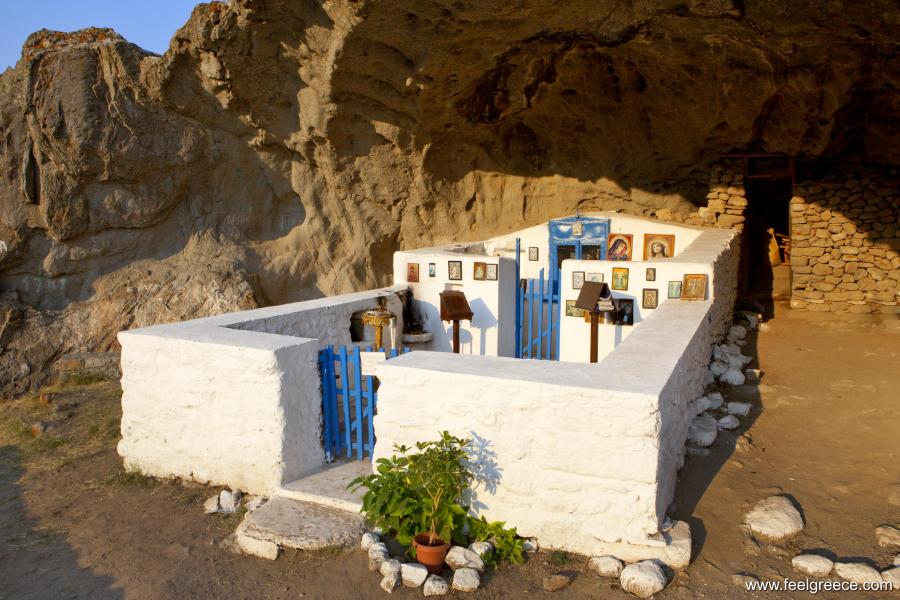
Panagia Kakaviotissa is a unique church - it is built inside a large cave but unlike the rest cave churches which use the top of the rock to cover, this one is roofless. It is located in a mountainous area in the center of Limnos (Lemnos) island.
...walk inside a volcano crater?
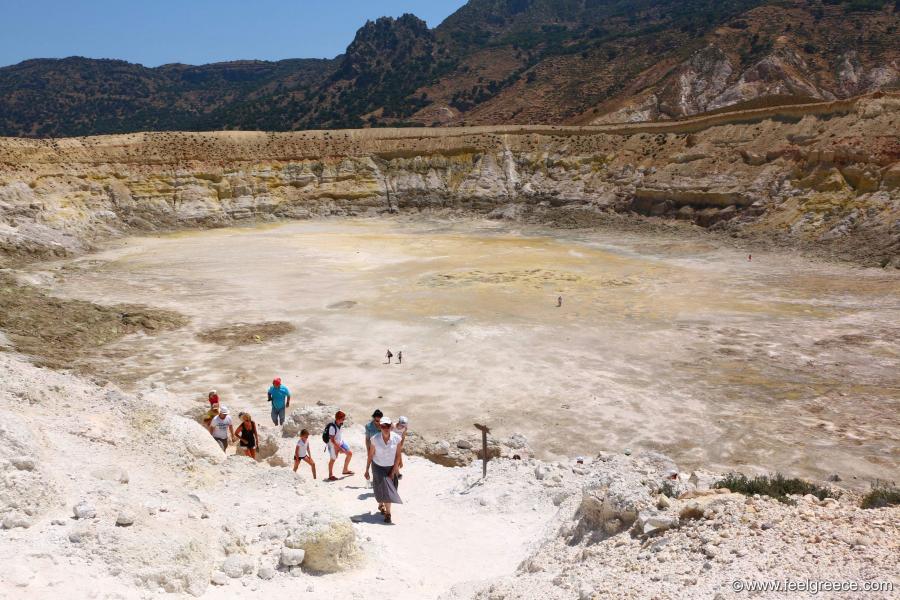
No, it is not Santorini, as some may guess. The small volcanic island of Nisyros is the only place in Greece where you can feel the unique experience of walking on the bottom of a giant crater called Stefanos. The volcano is considered sleeping but its silent activity can be noticed in the steam puffing out of the holes and the heat in your sole while you walk in the area.
...touch a living cork tree?
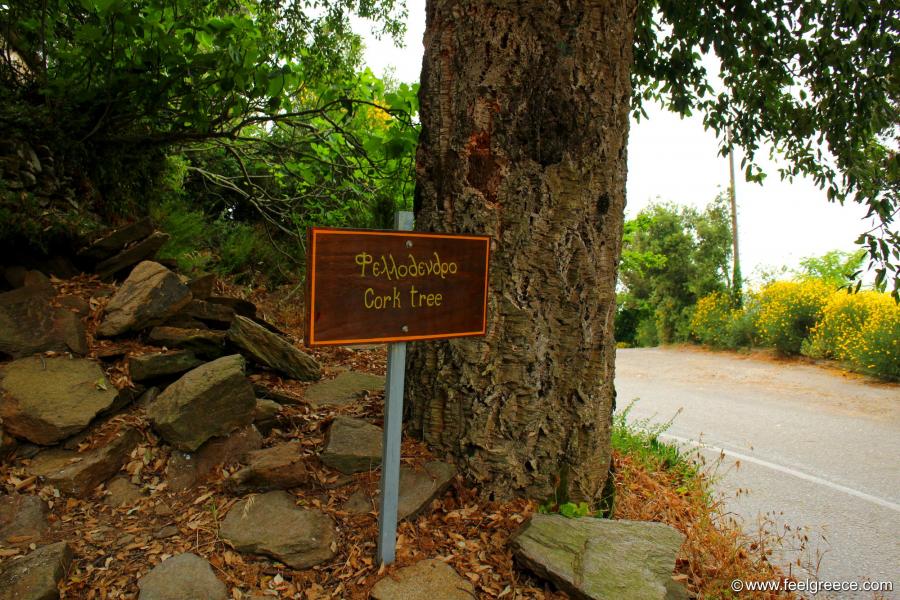
We have all seen and touched cork stoppers on wine bottles but touching a living cork tree is different. You can do it on Ikaria island and nowhere else in Greece.
...explore a cave by boat?
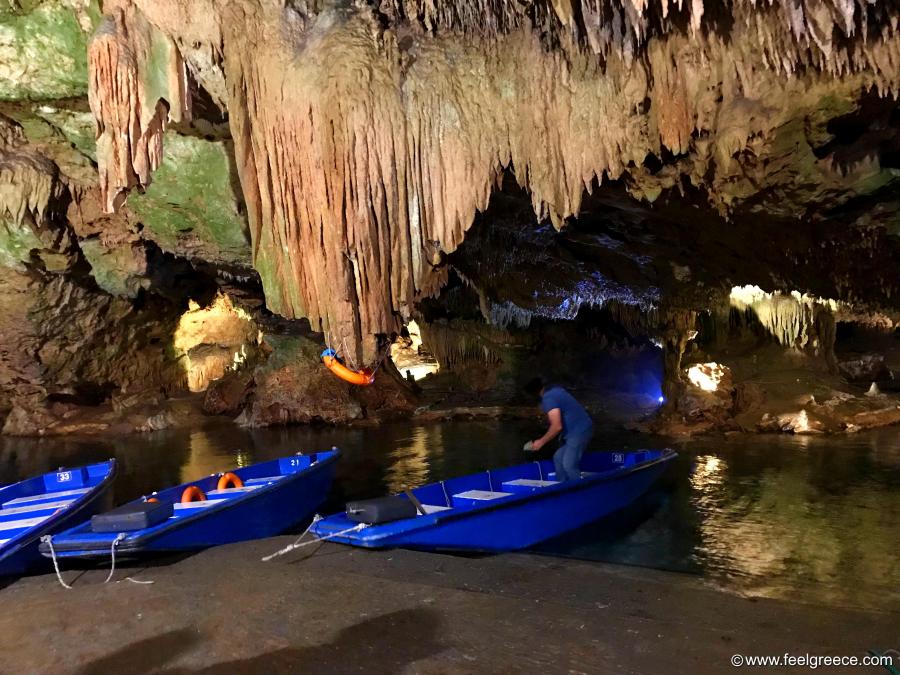
The Diros Caves complex is located near Areopoli, Mani peninsula. The only way to see them from inside is via a boat with a guide - there is a large cave lake in which visitors sail through narrow passages and tunnels, passing by various cave halls with giant stalactites and stalagmites. The lake depth reaches up to 40 meters in its deepest part.
...do bungee jumping?
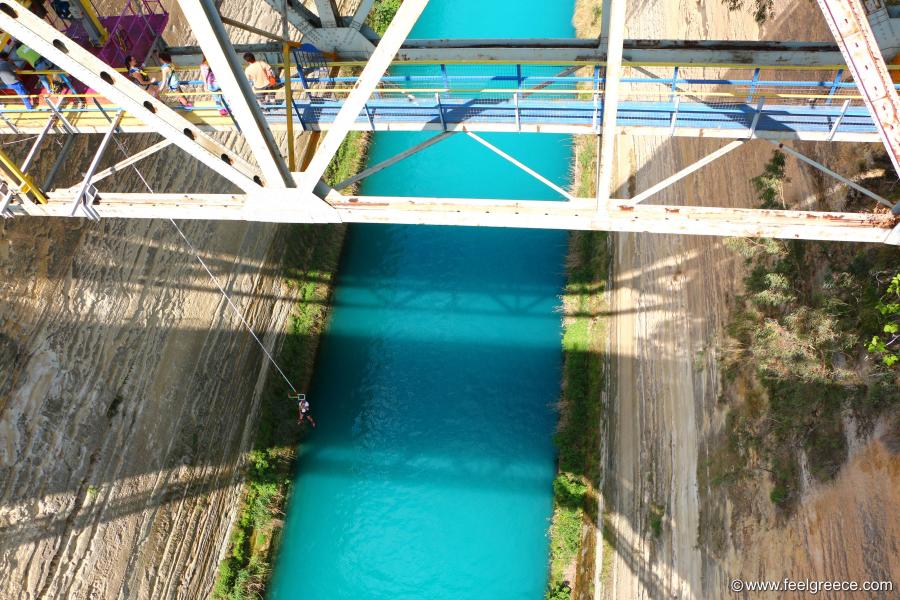
Bungee jumping in Greece gained popularity in the last ten years. The most famous spots for this adrenaline-rush activity are the Aradena Gorge in Crete (with the second highest bridge for bungee jumping in Europe), the bridge above the Corinth Canal and the bridge of Chalkida which connects Evia island with mainland.
...ride on a steam train?
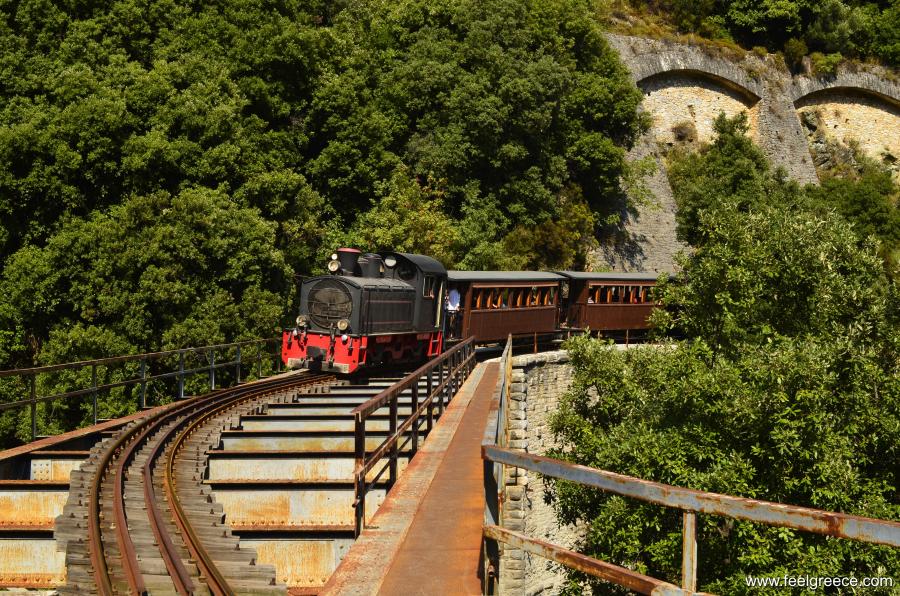
The little Moutzouris steam train takes passengers on a magical journey through an unspoilt mountainous area of Pelion, as it starts from the village of Ano Lechonia and goes to Milies. It runs on a narrow gauge line which covers 30 km, including six stone bridges and one iron bridge, and the journey is approximately 90 minutes. The train is used only as attraction and works during weekends and certain periods of the year.
... see a desert?
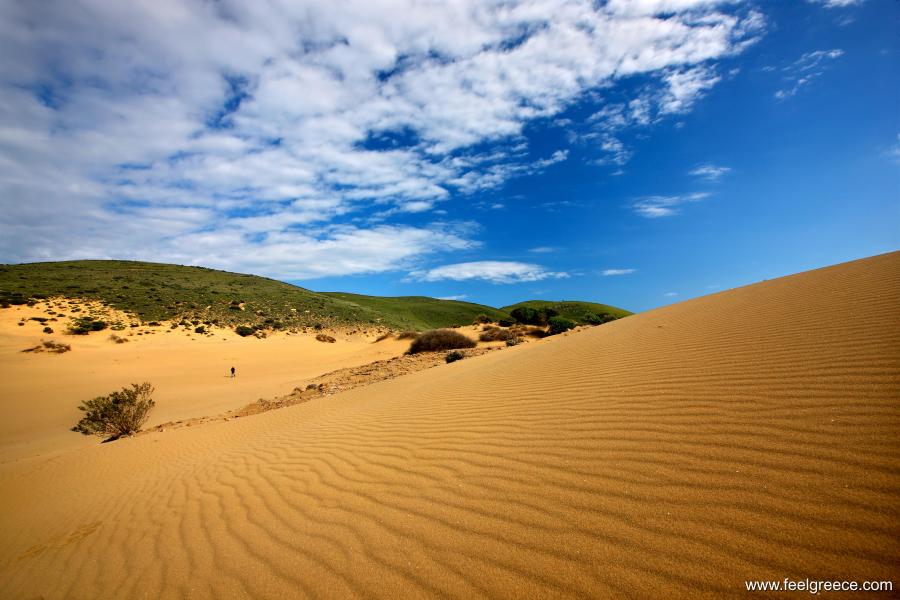
Not only to see it, but also to walk on the sand dunes. Ammothines is a small area in the northern part of Limnos island and it is the only desert in Greece, as well as one of the few desert-like places in Europe. It is not very big but walking is not that easy, so comfortable shoes and a bottle of water are mandatory.
...walk to an island on foot?
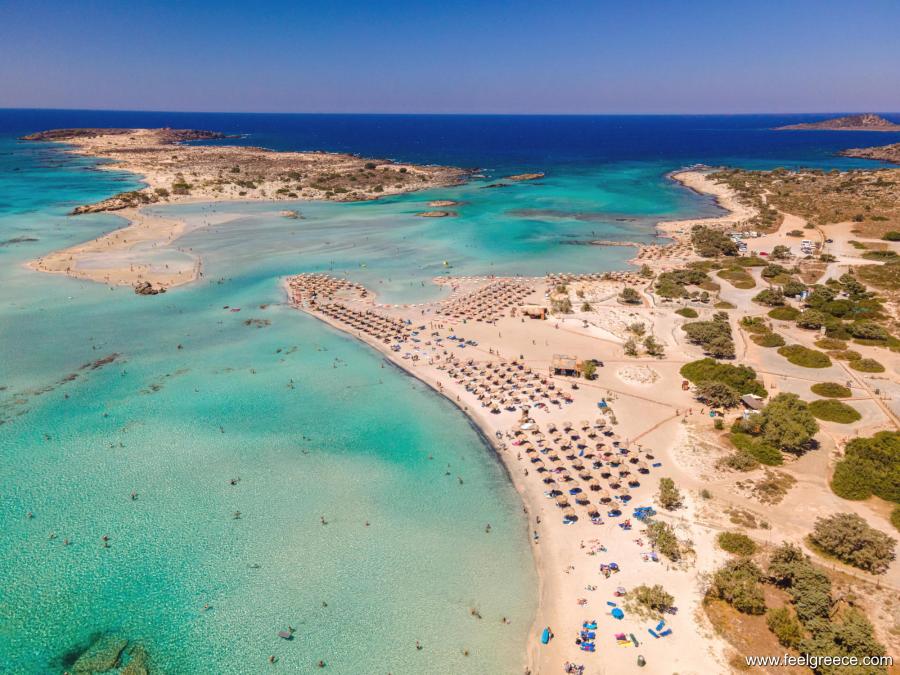
The miniature Elafonisi island is just a stone`s throw from the coast of west Crete and its sand spits form small lagoons which change depending on the sea level. In all cases, the water depth is not more than knee-deep, and sometimes there are even sand paths connecting the coast with the island.